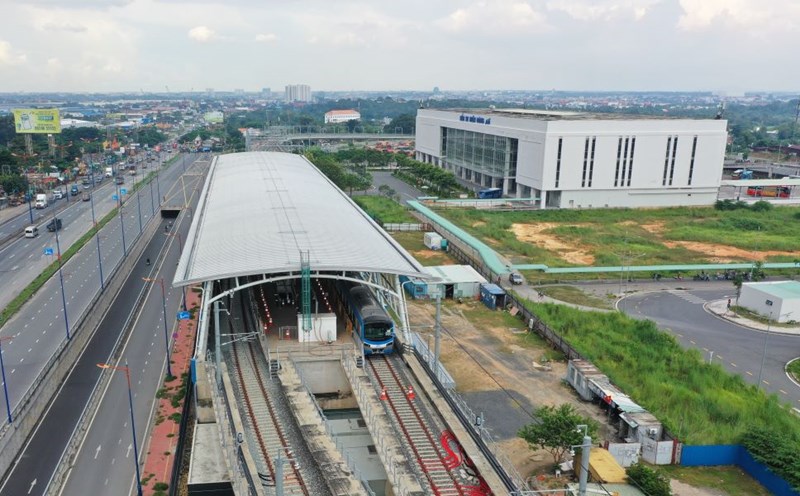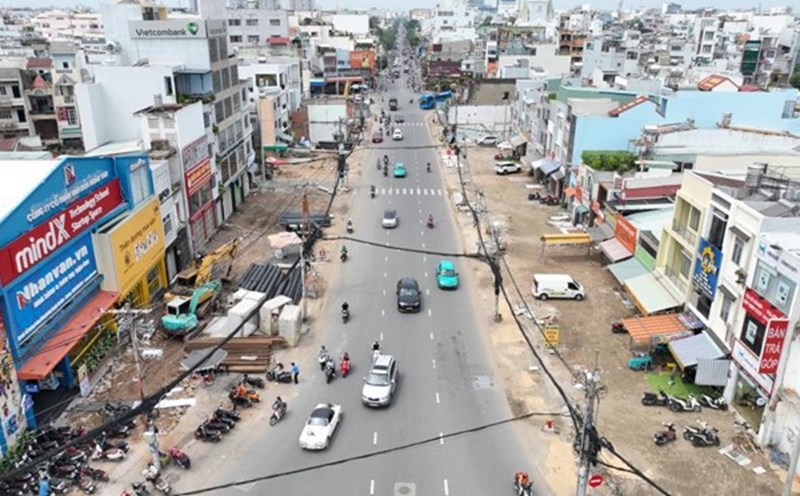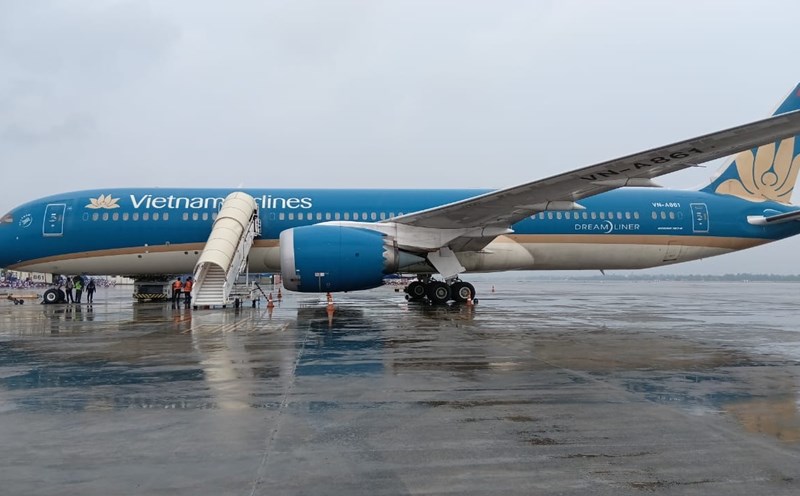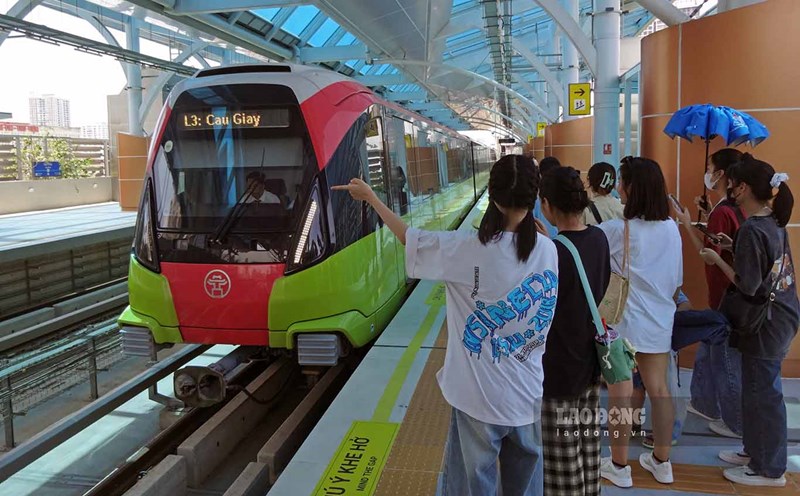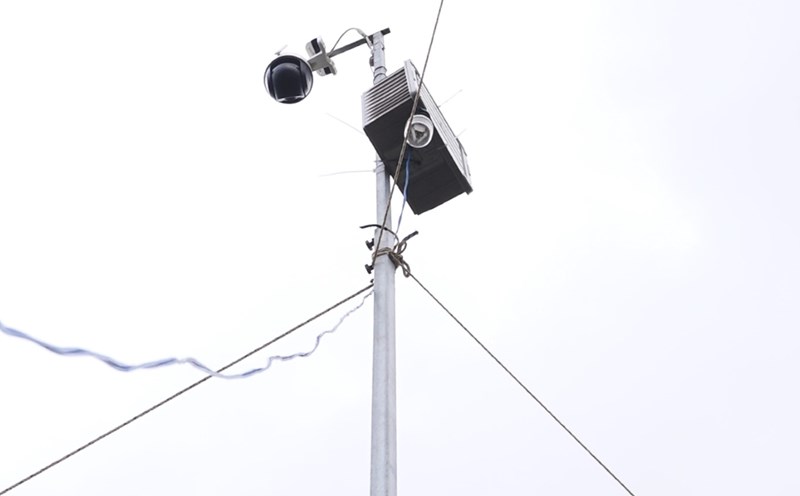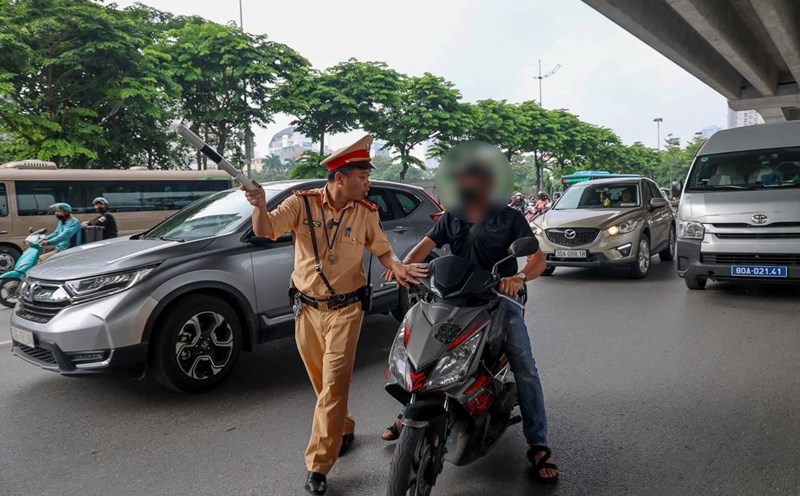The Prime Minister has just approved the decision to stop using ODA capital and foreign preferential loans from the German Construction Fund (KfW) for Metro Line 2 project (Ben Thanh - Tham Luong).
According to the decision, all loans under the two agreements signed on March 1, 2011 and June 4, 2011 with a total value of 155 million EUR, along with more than 66.2 million EUR of unrefundable ODA capital under agreement No. 2 were suspended.
The Ho Chi Minh City People's Committee is assigned to use the remaining ODA non-refundable capital in accordance with legal regulations, and is fully responsible for information, data, and related recommendations.
The city must also allocate a budget to pay the commitment fee and arising costs (if any) due to the loan suspension, according to KfW's announcement until the completion of related procedures.
Metro Line 2 is more than 11 km long, connecting the center of Ho Chi Minh City (Ben Thanh Station) with the Northwest area (Tham Luong Station), passing through districts 1, 3, 10, 12, Tan Binh and Tan Phu.
The project was approved in 2010 with an initial total investment of about 1.3 billion USD (26,000 billion VND), then adjusted to 2.1 billion USD (nearly 47,900 billion VND) in 2019. Of which, ODA capital accounts for VND 37,487 billion from three main donors, ADB, KfW and EIB.
However, during the implementation process, due to many problems with loan conditions and disbursement progress, Ho Chi Minh City decided to switch to using budget capital, combined with specific mechanisms according to Resolution 188 of the National Assembly, to proactively speed up the project's progress.
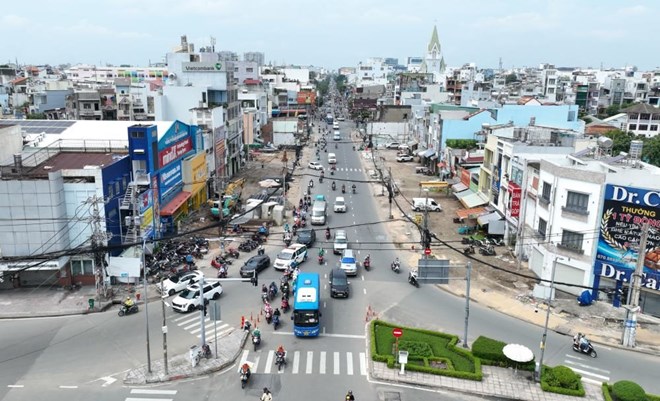
Vice Chairman of the Ho Chi Minh City People's Committee Bui Xuan Cuong recently assigned the Ho Chi Minh City Urban Railway Management Board (MAUR) to coordinate with the Department of Construction and the Department of Finance to immediately implement preparations related to the specific mechanism, select consultants and EPC contractors for the project.
The Department of Construction is assigned to preside over consulting on project adjustments without the need to adjust the investment policy. At the same time, research on using FEED technical design instead of basic design to shorten preparation time and promote the progress of preparation steps, appraisal of bidding documents, estimates, and handling of consulting contracts.
The Department of Finance will propose a plan to allocate budget capital for the two medium-term periods of 2026 - 2030 and 2031 - 2035.
According to the plan, the project will start construction at the end of 2025 because the site clearance work has been basically completed - one of the most important conditions for construction. Ho Chi Minh City aims to complete the entire route and put it into operation by the end of 2030.
Metro Line 2 is the second urban railway line in Ho Chi Minh City, after Metro Line 1 (Ben Thanh - Suoi Tien) which has been put into commercial operation since the end of 2024. Route No. 2 plays a role in connecting the central area with the Northwest region.
When put into operation, Metro Line 2 will contribute significantly to reducing pressure on key traffic routes such as Cach Mang Thang Tam, Truong Chinh, Cong Hoa, etc.


